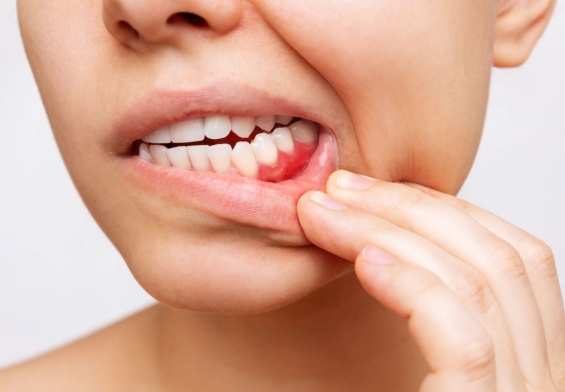When you walk down the hygiene aisle of a grocery store looking for toothpaste you might feel bombarded with choices. There are so many different brands, types, and forms of toothpaste. Some toothpaste might offer plaque removal, bad breath fighting, or tooth whitening. Are these different kinds of toothpaste doing what they claim to do? For many people the tooth whitening toothpaste is appealing since it seems easy to do. To get whiter teeth, does it just take changing toothpaste? If you’re the one stopped in front of the whitening toothpaste, there are a few things you’ll need to know. There are experts on tooth whitening that can help.
Pros of Whitening Toothpaste
- Affordable
It’s appealing to think that all you have to do to get whiter teeth is to change toothpaste. There is no cost difference since toothpaste is a necessity anyways.
- Easy
The idea of not having to go to the dentist for bleaching sessions is nice. Since most people already brush their teeth it doesn’t take time out of anyone’s daily routine. Most stores have tooth-whitening toothpaste and that makes it easy to pick up.
- Less invasive than bleaching
Bleaching is a more in-depth procedure. There are different kinds of bleaching option available. There are at-home tooth whitening strips, take home bleach trays created by the dentist, and dental bleaching sessions. Changing toothpaste might look like a better option before taking the next step to pearly whites.
Cons of Whitening Toothpaste
- Slower results
You might not have whiter teeth immediately. Depending on what you eat or drink impacts how white your teeth will be. If you are a heavy coffee or tea drinking it’s a good idea to brush more often. This will prevent tooth staining and helps your results for whiter teeth. If you are looking to have whiter teeth before a special event, whitening toothpaste won’t help during a time crunch. The best thing to do would be to schedule an appointment with your dentist.
- Doesn’t help deeply rooted stains
The severity of your tooth stains will impact how the whitening toothpaste works. In some cases it can make stains more apparent. Some teeth might be impacted differently by the results. Deeply rooted stains that come from smoking are harder to get rid of and if the person doesn’t stop smoking, their teeth won’t get better. The other issue with deeply rooted stains comes from age. The older we get the less white our teeth will be. This is due to the dentin, the inner layer of the tooth. Dentin will naturally discolor over time and changing toothpaste isn’t going to make a difference.
- Bad for sensitive teeth
People with teeth that are sensitive to hot or cold might feel tooth-whitening toothpaste differently. However, among the tooth whitening procedures this is the mildest. It’s hard to find, but there is toothpaste for sensitive teeth that claims to whiten teeth. The ingredient is usually baking soda and this might feel better to people with more sensitive teeth.
Side Effects to Whitening Toothpaste
The American Dental Association, ADA strongly recommends consulting with your dentist before changing how you clean your teeth. Whitening toothpaste contains polishing agents that were created to improve the overall appearance of teeth. Many over-the-counter whitening toothpaste has the ADA seal of approval. These products have been tested and are generally safe to use at home. Individuals with sensitive teeth or receding gums might expect discomfort while using this toothpaste. Some whitening toothpaste contains peroxide, used as a whitening agent. If you feel any pain or discomfort while using whitening toothpaste you should stop. It’s a good idea to visit the dentist because there are some whitening options for people with sensitive teeth.
Does the Brand of Toothpaste Matter?
There are so many brands of toothpaste that claim to whiten teeth. It’s sometimes hard to know which toothpaste to use. The best way to shop for whitening toothpaste is to read the active ingredients and look for the ADA seal of approval. Eliminate the brand if it doesn’t have the ADA seal, this means it has not been tested or approved by the ADA. Next, look for the contents of the toothpaste. If you have more sensitive teeth you might want to choose the toothpaste with baking soda rather than peroxide. If you are unsure of which toothpaste to buy it’s always a good idea to consult with your dentist to find out.


